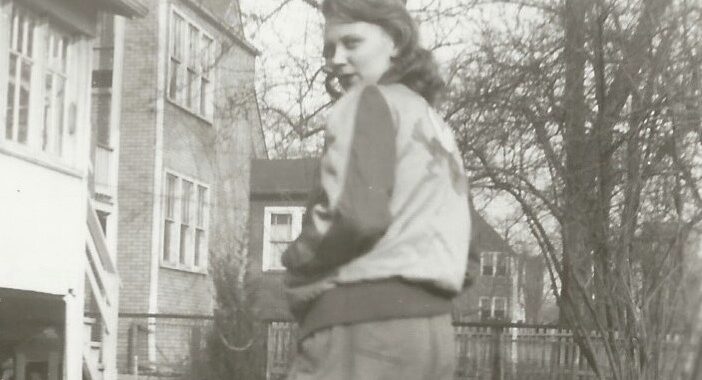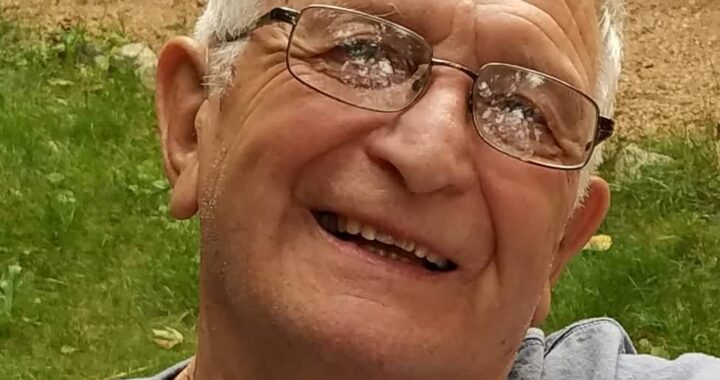I teach at the world’s oldest and largest international school where the annual tution costs as much as a year of elite university in the states. My students, from affluent families valuing education, cannot understand how minorities denied equal education remain powerless within societies. In 1896 the 14th Amendment guaranteed full rights of citizenship to anyone born in the USA, yet Plessy v. Ferguson, a ruling that same year, upheld social segregation of “white and colored races”. Over a half century later little had changed. The “separate but equal” doctrine provided the legal basis for racial segregation until the 1954 Brown v. the Board of Topeka, Kansas case. Thirteen families representing twenty school children, led by the NAACP and Thurgood Marshall, who became the first African American judge, challenged the Supreme Court’s decision and deemed the doctrine unconstitutional. This helped spark the Civil Rights Movement and led to integration of not only schools, but also public places.
In 1909, long before that epic battle, Laurence Jones, a black man with a vision, turned an abandoned sheep shed into The Piney Woods School with meager donations from an impoverished community. This was the beginning of his dream to educate underprivileged black children in destitute, rural Rankin County, Mississippi. Over a century later, that one room school has become a thriving 2,000 acres campus, with a high school that can justly boast “we are changing America, and the world, one student at a time.” Alumnus went on to Princeton, Howard, and Tuskegee pursuing degrees in medicine, education, marketing and other careers to become leaders in their fields.
When my grandparents, Ralph and Betty McKinzie, retired from teaching at NIU and DeKalb High School, they dedicated two years of service teaching at Piney Woods. During Easter break 1968, on a trip to visit my grandparents, we drove through the deep South where I saw ram shackled lean-tos, the remnants of slavery.
“How come the Negroes live in shacks?” I asked with the innocence of an ten-year-old.
“Because they are so poor.”
“Why are they so poor?”
“Because they don’t have any land.”
“Hey, I see lots of land,” I said pointing towards a sprawling plantation with stately white pillars. “The whole town could fit in that house; it’s bigger than a hotel!”
At Piney Woods School, my brother and I played basketball with the black boys on a dirt court in a sun-baked paradise surrounded by pine and honey-scented pink and white magnolias. I thought I had died and gone to heaven.
“Isn’t it great how well they get along?” my dad asked.
“If only we could remain children in our hearts,” my grandma replied.
As we piled suitcases on top of the Rambler to head back North, a young girl peeked behind her big sister’s cotton skirt to stare at the first white family she’d ever seen.
“Schootch together,” Grandma said, “so I can take your picture.”
I stood by my new friend, the color of chocolate, and beamed as the camera clicked. Then I reached over and took her soft warm hand in mine. It fit just perfect.
Photographs of my childhood remain etched in my soul forever. Just as my grandma had hoped, I remained a child in my heart, befriending people from all four corners of the globe in my international community where I teach as an adult.
http://www.pineywoods.org/






Pat- I grew up in the Mississippi Delta, so I’m a product of which you write about! Thanks for this and the reminder of how children in their innocence, inspires adults humanness…
Clara.
btw. I plan to blog from Tuscany in Summer…Imagine a 50 something Black woman blogging from Italy!!!
Thanks for your support Clara. You are going to LOVE Tuscany. Can’t wait to read about it. Let me know if you need any tips before you fly!
So beautiful. You come from such a rich heritage of values. No wonder you are the wonderful person you are.
In His love, T O P
Lovely Pat. Thanks for the reminders that we adults can carry on that children innocence and acceptance of things we don’t understand just because it feels right and despite all the messages we receive to the contrary.
Love this, Pat. I hope loads of people read it. Along with the wonderful inclusion message, I am also struck by two things: first, how awesome that your grandparents volunteered to teach there, and second, the child’s assumption that there was “plenty of land”–and there was, plenty for all, but it wasn’t being shared. Thanks for this story.
Hi Pat
You know this piece was timely for me. I was just going through some old photos and found one from senior prom when Terry Harts was my date. As you know, in Sterling there were very few black families, but those few were part of our circle of friends just like anyone else. However I do remember some of the looks I got from the adults as we entered the prom – in their eyes it was okay to be friends but not so great if I was “dating” him! That kind of thought still bothers me today!
Jean
Thank you for sharing your history and knowledge of Civil Rights, Pat. I remain ashamed of getting word out to an African American in my high school that I didn’t want to go to Prom with him (this was in the 70’s). I was scared and ignorant.
Currently I’m at a conference in Cincinnati and had the opportunity to visit the Freedom Center yesterday. It presents a historic view of slavery past and present in a very realistic way. There are lots of videos, and even an actual slave building. I’ve never seen as much information about the Underground Railroad as I have here. It ends with the realities of global sex trade today and provokes one to really think about their role in creating social justice. I can’t change the past, but it godes me into creating a better future…..